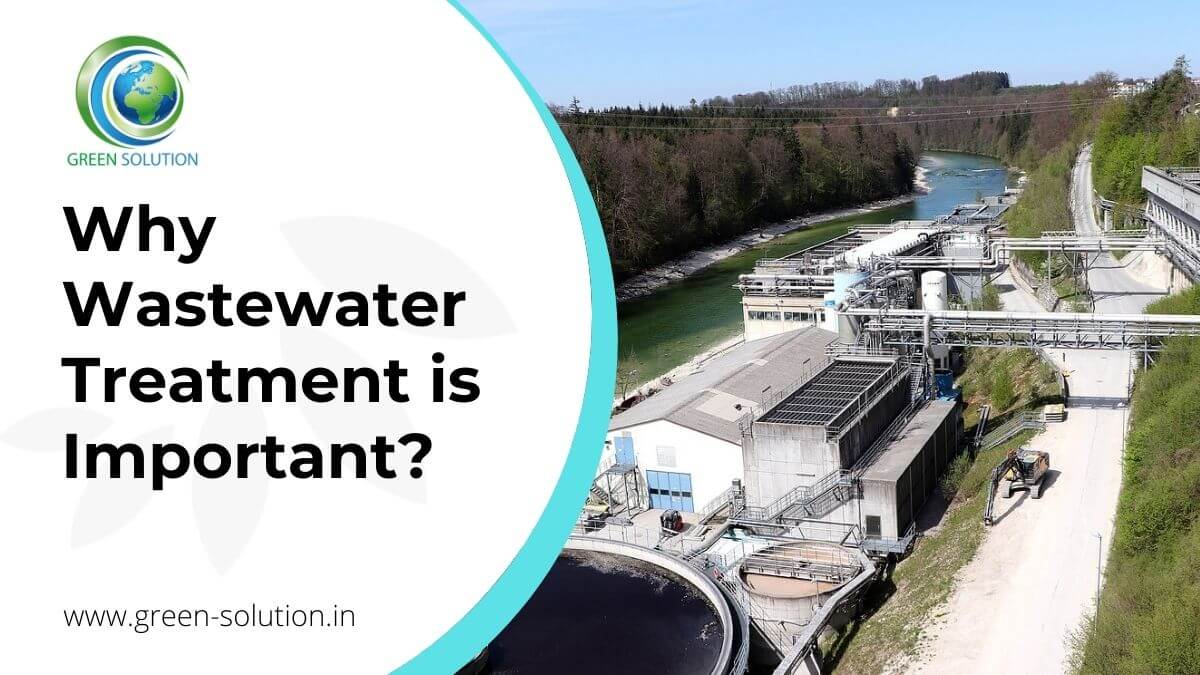Reclaim Waste Fundamentals Explained
Reclaim Waste Fundamentals Explained
Blog Article
Reclaim Waste Things To Know Before You Get This
Table of ContentsHow Reclaim Waste can Save You Time, Stress, and Money.Reclaim Waste Things To Know Before You BuyWhat Does Reclaim Waste Mean?Little Known Questions About Reclaim Waste.Some Known Facts About Reclaim Waste.
Explore the types, incidents, and types of liquid waste. Domestic sewer waste describes the waste and products from a residential septic container. This kind of waste is produced by humans in residences, institutions, and various other structures. This only consists of septic systems that have a drain area. The appropriate monitoring and disposal of residential sewage waste call for fluid waste to be transferred to a sewer therapy plant where the correct methods and devices are put on purify and take care of waste.
Business waste frequently includes potential threats, such as combustible products or a blend of fluid and strong waste items, and requires a more sophisticated and comprehensive disposal procedure. The disposal of commercial waste commonly entails the purification of waste prior to transportation to guarantee secure and proper disposal. Industrial waste is created from by-products and drainage of commercial procedures and manufacturing.
This sort of waste can not make use of the same sewage monitoring transportation or procedures as septic or commercial fluids. The hazardous waste monitoring process calls for the inspection and screening of liquid waste before it goes through the disposal process (liquid waste removal). Drainage waste is the fluid waste that comes from overflow and excess stormwater in extremely inhabited locations or cities
Overflow waste can cause contamination and flooding if not dealt with properly. Ensuring proper waste monitoring can protect against calamities and minimize environmental damage.
The Reclaim Waste Statements
Call PROS Services today to learn about our waste management and disposal solutions and the proper ways to look after the liquid waste you produce.
(http://peterjackson.mee.nu/where_i_work#c2441)Do you understand what takes place to your water when you disengage, purge the toilet or drain the washing device? No? Well, it's worth knowing. This supposed 'wastewater' is not just a vital resource however, after therapy, will be launched to our land, rivers or the sea. Used water from commodes, showers, bathrooms, kitchen area sinks, washings and industrial procedures is called wastewater.

water made use of to cool down equipment or clean plant and tools). Stormwater, a kind of wastewater, is runoff that flows from agricultural and metropolitan areas such as roofing systems, parks, yards, roadways, paths and seamless gutters right into stormwater drains pipes, after rainfall. Stormwater flows unattended straight to regional creeks or rivers, at some point reaching the sea.
Some Known Incorrect Statements About Reclaim Waste
In Queensland, a lot of wastewater is treated at sewer therapy plants. Wastewater is transported from residential or industrial websites through a system of drains and pump stations, referred to as sewerage reticulation, to a sewer treatment plant. City governments develop, keep and run most sewer therapy plants. Operators are accredited under the Environmental Protection Act 1994 to discharge treated wastewater at an acceptable environmental standard right into rivers.
The Department of Natural Resources advises neighborhood federal governments regarding managing, operating and maintaining sewage systems and treatment plants. In unsewered areas, city governments may need householders to install individual or household sewage therapy systems to treat domestic wastewater from toilets, kitchens, restrooms and laundries. The Division of Natural Resources authorises making use of home systems when they are shown to be reliable.
In some brand-new subdivisions, treatment of some stormwater to remove litter, sand and gravel has actually begun making use of gross toxin catches. Wastewater treatment happens in 4 phases: Gets rid of strong matter.
Wastewater then moves into big tanks where solids clear up and are removed as sludge. Oil and scum are skimmed from the surface. Makes use of tiny living organisms understands as micro-organisms to damage down and eliminate continuing to be liquified wastes and fine bits. Micro-organisms and wastes are incorporated in the sludge. Removes nitrogen and phosphorus nutrients that could create algal blooms in our waterways and threaten aquatic life.
What Does Reclaim Waste Do?
Nutrient removal is not available at all sewer treatment plants since it needs pricey specialist devices. It is ending up being much more typical in Queensland. Clear fluid effluent created after therapy may still have disease-causing micro-organisms. If this effluent is released into waterways such as rivers or the sea, the micro-organisms will at some point pass away out.

A lot of wastewater moves into the sewerage system. Under the Act, local governments administer approvals and permits for ecologically appropriate tasks (ERAs) including wastewater releases that might have a neighborhood effect.
Some Ideas on Reclaim Waste You Need To Know
Surveillance offers factual info regarding water top quality and can verify that permit conditions are being fulfilled. The details obtained with tracking gives the basis for making water high quality decisions.
Report this page